Footage captured by a team of technical divers operating at depths below 100m in the Philippines has helped to identify a shipwreck site as that of WW2 aircraft-carrier USS Ommaney Bay.
Also read: Valhalla divers identify WW1 U-boat at 104m
The USA’s Naval History & Heritage Command (NHHC) made the identification official on 10 July. Ommaney Bay (CVE 79), which received two battle stars for her war service, sank on 4 January, 1945, after a Japanese kamikaze aircraft had crashed into her starboard side.

The 156m Casablanca-class vessel had a complement of 860 and carried 27 aircraft. Built in 1943 and named after an Alaskan bay, the following year under Captain Howard L Young she had supported the invasion of Palau and taken part in the Battle off Samar. In December she had supported operations on Mindoro, and was preparing for landings in Lingayen Gulf when she came under attack.
As it crashed, the twin-engined Japanese plane released two bombs that caused severe damage. One entered the carrier’s flight deck and detonated below, causing a series of explosions among the fully fuelled aircraft in the forward third of the hangar deck.
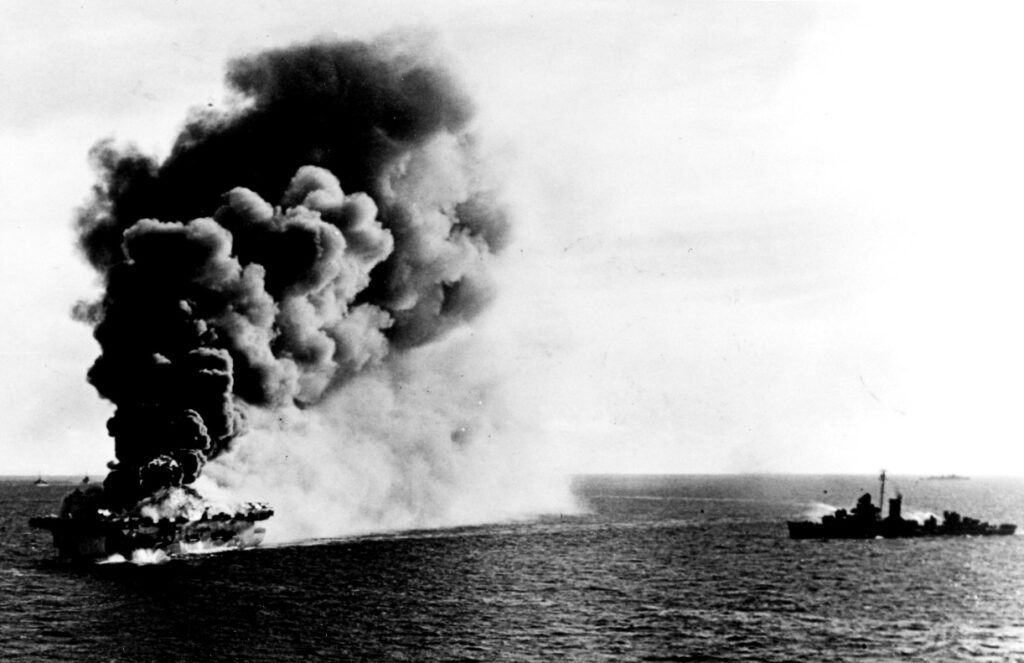
The second bomb had exploded close to the starboard side, after rupturing the fire main on the second deck and passing through the hangar deck.
The order to abandon ship was issued, given the possibility of stored torpedo warheads exploding at any moment. In the event 95 personnel died, including two from an assisting destroyer who were killed when those warheads were eventually detonated.
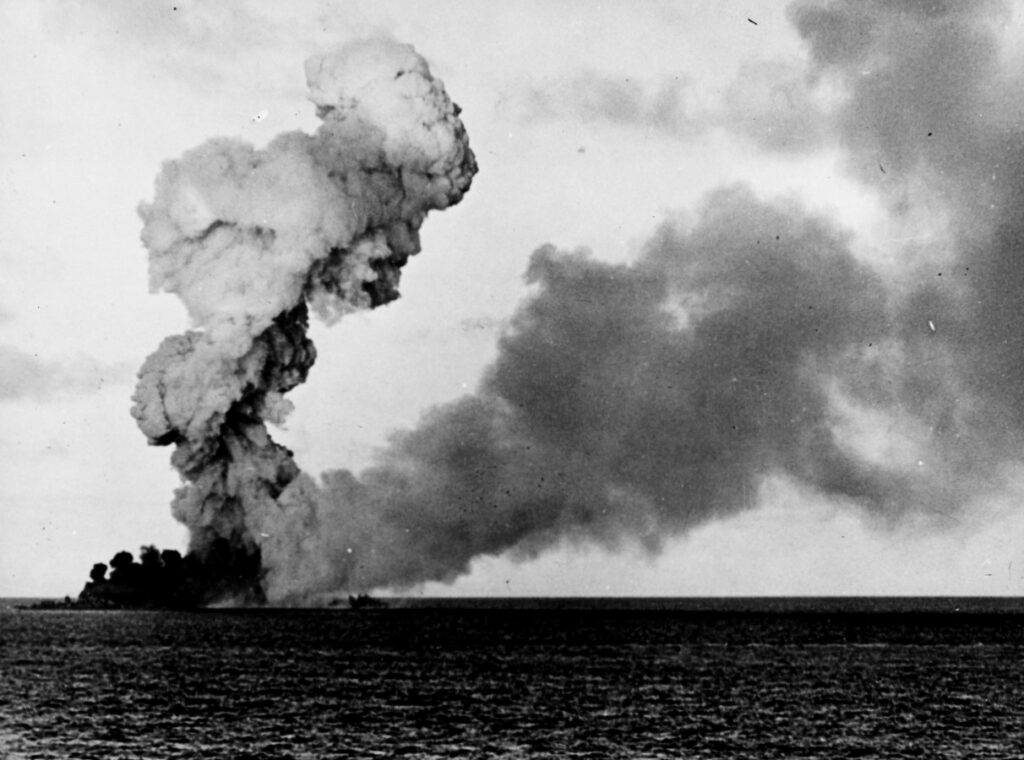
Identifying the wreck
To identify the wreck, which lies off Luzon in the Sulu Sea, NHHC’s Underwater Archaeology Branch used data provided by two Australian independent operations: Sea Scan Survey, a professional technical dive-team that works extensively in the Philippines, and the team assembled by TDI/SDI dive-school DPT Scuba, which was able to provide conclusive video footage following its deep dives this April.
Their combined information correlated with location data that had been provided to NHHC in 2019 by the Vulcan deep-wreck survey team.
“Our expedition was on the back of the Sea Scan Survey team having scanned the site just after Covid shut our 2020 trip down,” said David Tipping, who runs DPT Scuba in Geelong, Victoria. “Their research allowed us the opportunity to make the dives and assist with identifying the wreck.”
The six DPT divers conducted six closed-circuit rebreather dives on the wreck in the space of three days. “We had two JJ-CCRs, two rEvos, one X-CCR and probably the oldest AP Inspiration still in service, at about 20 years old!” Tipping told Divernet. The Inspiration belongs to team photographer Samir Alhafith: “Samir and his unit continue to defy the odds!”
The team dived each day with one team of three and another of two, while one diver remained topside as safety and support diver, said Tipping. “Their role was to retrieve scooters, deep stages and other unwanted equipment, but also to act as communicator between decompressing divers and the boat-crew. They would also be the emergency link if a diver missed the shotline, or had a gas emergency and needed additional gas.”

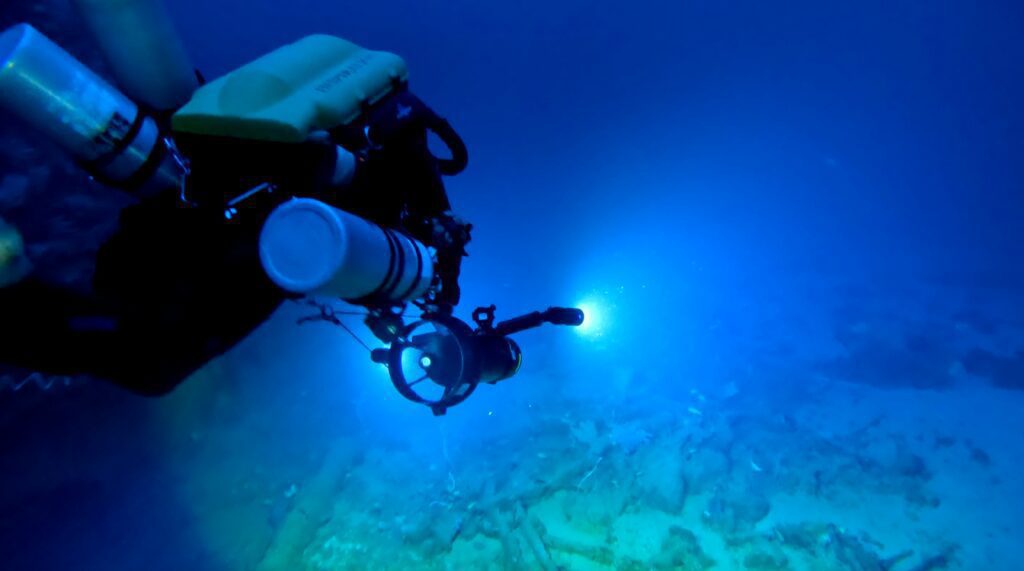
Dives were carried out using 7/75 trimix, with bottom times of 20-25 minutes and total run-times of 4-4.5 hours. All the divers were carrying three or four 80cu ft cylinders of bail-out gas – enough to get them up to a safe depth even if they should miss the shotline.
“All dives were conducted using DPVs to get us down quickly and also around the wreck with minimal additional work of breathing,” said Tipping. The divers used a decompression station fixed to a large concrete block at the wreck-site. “We had bars at 6 and 9m, with additional bail-out gas available on the shotline and also hanging at the appropriate depth on the station.”

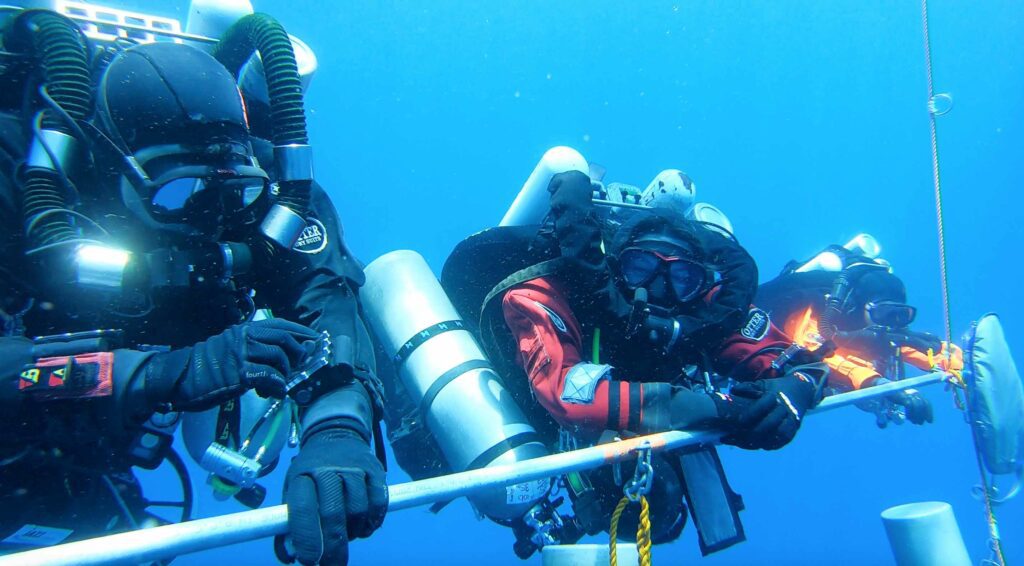
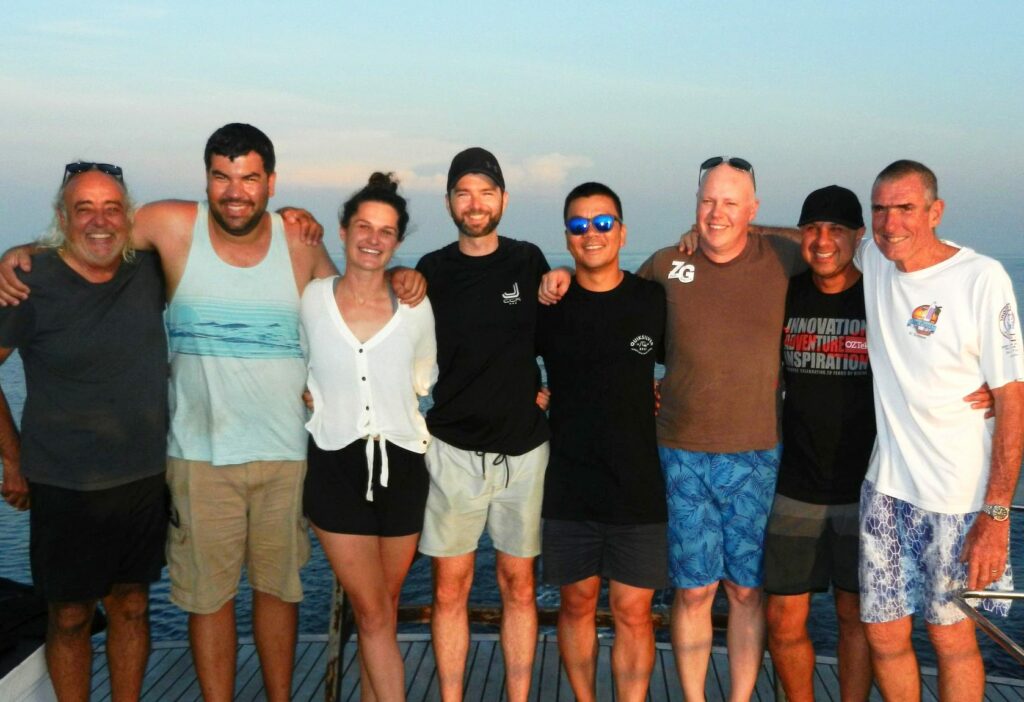
The dive-team enjoyed “amazing” topside conditions, and 20-30m of visibility for all dives. “It was best on day one, and then maybe dropped off each day, with current slightly increasing, but it wouldn’t have made it to half a knot,” said Tipping.
“As the first divers to visit this wreck, it was quite confronting to see the extent of the damage – and a poignant reminder that 95 US sailors lost their lives in service to their country.”
Closely guarded secret
Ommaney Bay is a war grave under US Navy Department jurisdiction, so no activity that might result in its disturbance is permitted unless co-ordinated by NHHC. Its Underwater Archaeology Branch manages the US Navy’s almost-3,000 shipwrecks and more than 15,000 aircraft wrecks around the world, and wherever possible it keeps their exact location and details a closely guarded secret.
“Ommaney Bay is the final resting place of American sailors who made the ultimate sacrifice in defence of their country,” said NHHC director Samuel J Cox. “It is with sincere gratitude that I thank the Sea Scan Survey team: Mick Stefurak, Neil ‘Snake’ Krumbeck and Joe Brothers, for confirming the location of this wreck-site.
“We would also like to thank the team of Australian divers from DPT Scuba: David Tipping, Chris McCran, Aimee McCran, Samir Alhafith, Heeman Lee and John Wooden, for their deep diving expertise and assistance identifying the Ommaney Bay.
“This discovery allows the families of those lost some amount of closure and gives us all another chance to remember and honour their service to our nation.”
Also on Divernet: Wreck of first kamikaze rocket-bomb victim located, Star WW2 sub Albacore located off Japan, Stickleback sub found at 3.3km, Another iconic sub located deep off Hawaii, How Darkstar divers found destroyer at 115m, Exploring the WW2 destroyer USS Aaron Ward
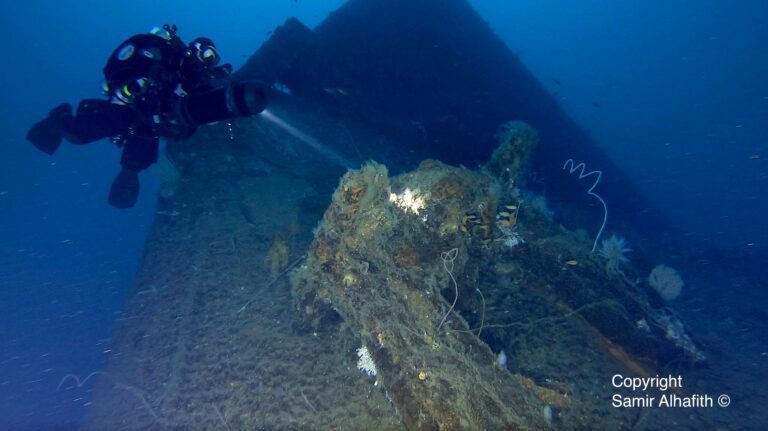

Please tatinic extrct out of sea
I wanted tatinic picture